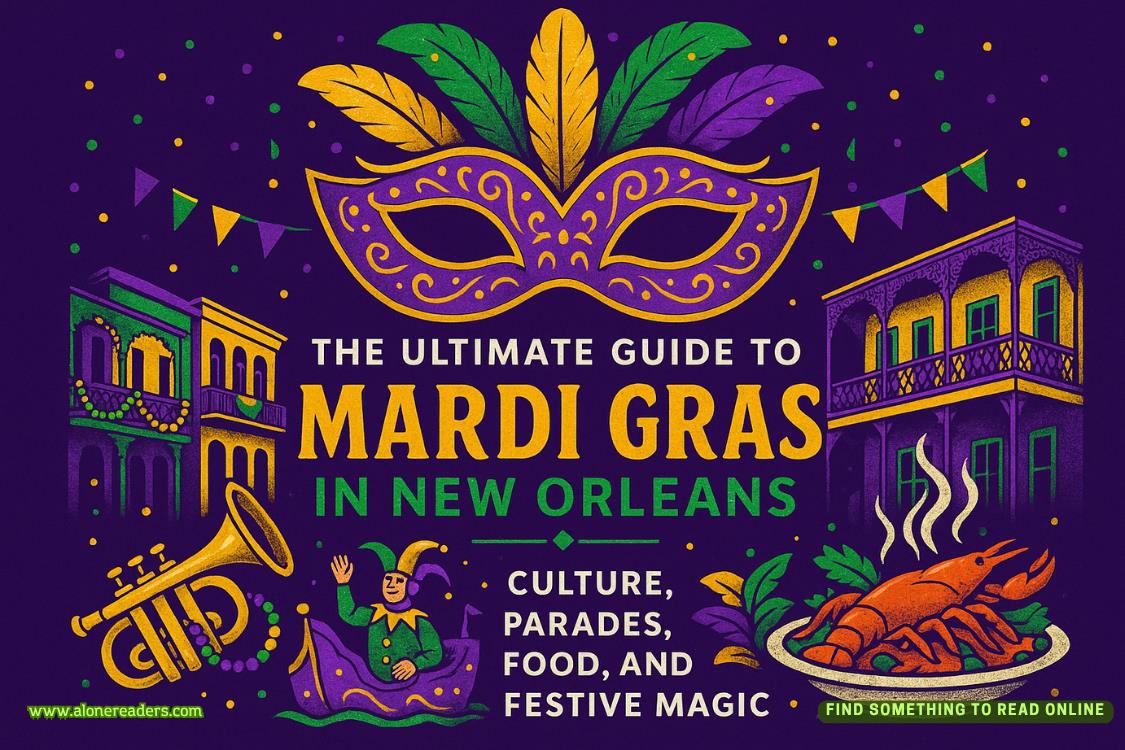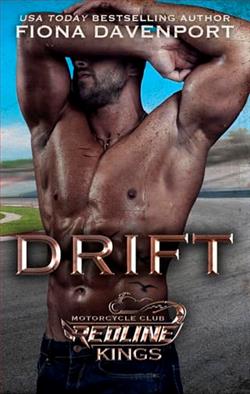Page 39 of Marriage and Murder
When the carriage drew up outside that establishment, Penelope and Madeline were handed to the pavement by Connor and, accompanied by him and Morgan, who had been delegated to assist as required, proceeded into the shop.
In the lead, Penelope spied Mr. Swithin behind the rear counter. She smiled and went forward with Madeline on her heels. Swithin recognized Penelope and, by the way his eyes widened, he also recognized Madeline.
Penelope halted before the counter and nodded amiably. “Good morning, Mr. Swithin.”
Swithin returned her greeting with a half bow.
As he straightened, Penelope gestured to Madeline. “I suspect you’ll recognize Miss Madeline Huntingdon of old.”
“Indeed.” Swithin bowed to Madeline. “Permit me to offer my sincere condolences on the loss of your dear sister, Miss Huntingdon. I was deeply saddened to learn of her death.”
“Thank you, Mr. Swithin.” Gravely, Madeline inclined her head. “As it happens, it’s in relation to Viola’s murder that we are here.”
Swithin appeared momentarily flustered. “Oh—I do hope that the information I gave your sister didn’t in any way lead to her death.”
Madeline shared a glance with Penelope, then returned her gaze to Swithin. “As to that, sir, at this time, it’s impossible to say. Until we catch the man who killed her, we cannot be certain of his motives.”
Somewhat at a loss, Swithin looked at Penelope.
Quickly, she explained, “The jewelry itself is the reason we’ve returned to consult with you.” She looked at Madeline, who drew the bracelet and necklace from her reticule and carefully laid both on the counter. Penelope went on, “We are seeking to identify the jeweler who fashioned the necklace. We presume he was also the person who substituted the paste imitations for the real aquamarines.”
Swithin’s professional gaze had locked on the bracelet and necklace. He nodded almost absentmindedly. “That’s certainly possible—indeed, it’s very likely. Only a skilled jeweler could have done this work, and if he was copying the design and fabricating the necklace, it would be the work of minutes to switch out the bracelet’s stones. Assuming, of course, that he was the sort of jeweler who would perform such substitutions at his customer’s request.”
As if unable to help himself, Swithin pulled a loupe from his pocket, picked up the bracelet, and examined the paste replicas. “I thought so when I saw these before, but truly, these are excellent fakes.” He lowered the loupe to tell them, “We often see quite poor substitutions, but these would fool most people.”
“What of the work on the necklace itself?” Penelope asked.
Swithin put down the bracelet and picked up the necklace. He raised it to the loupe he’d settled in one eye socket and carefully appraised the links of the necklace. “This,” he pronounced, “is also truly excellent work. A very decent copy of my bracelet design. Unfortunately, although not surprisingly, there is no maker’s mark, so there’s no way to tell who did the work.”
He lowered the necklace to the countertop.
Penelope regarded him steadily. “Do you suspect or can you guess whose work it is?”
Swithin looked uncomfortable. “There’s no way to be sure, and truly, I’m not inclined to hazard a guess, as one would have to assume that whoever made the necklace was also guilty of substituting the stones.”
Studying Swithin—an upright pillar of the commercial community—Penelope realized that pressing him to make a guess was unlikely to bear fruit. She exchanged a swift look with Madeline and, from Madeline’s fleeting grimace, assumed she’d come to the same conclusion.
As agreed, they shifted to their next avenue of attack, and Madeline asked, “How many jewelers are there in Salisbury?”
Swithin was relieved they’d let the matter of who made the necklace go and answered readily, albeit with a wry quirk of his lips. “More than you might think. There are at least ten and possibly more. I only really interact with my major competitor, Carlsbrook, whose shop is farther along Silver Street.”
Penelope leaned on the counter. “You must know the local fabricating workshops. You and Carlsbrook must discuss the local industry from time to time. Do you have any suspicions of any workshop that might be involved in underhanded practices such as substituting paste for stones?”
Swithin shifted and looked even more uncomfortable, but under the unrelenting pressure of intent gazes from two pairs of eyes, he eventually conceded, “Well, it’s really not something we like to speak of, but between us, Carlsbrook and I have heard of at least three jewelers—two relatively recent to the town and one longtime bane on our existence—who might, from time to time, dabble in questionable commissions.”
“And these gentlemen are?” Penelope inquired.
Swithin eyed her determined expression and sighed. “Conrad, Kimble, and the old-timer is Jacobs. Their workshops are farther out, not in town. All three have stalls at the market.”
Madeline smiled and collected the necklace and bracelet. “Thank you, Mr. Swithin.”
Penelope inclined her head graciously. “You have, indeed, been a very real help.”
Swithin looked doubtful, but replied, “I’m happy to have been so.” He came out from behind the counter to escort them to the door.
Penelope and Madeline followed Connor and Morgan out of the shop. As they stepped onto the pavement and the door closed with a jingle behind them, Penelope smiled. It seemed to her that Swithin was equally happy to have weathered their inquisition and to see them leave his shop.
After dispatching Penelope and Madeline to discover what Swithin could tell them of the jeweler who had fashioned the necklace, Barnaby and Stokes entered the police station in search of information on shady jewelers. While making their plans, Stokes had stated, “The local force always has some idea about dodgy operators on their patch.”















